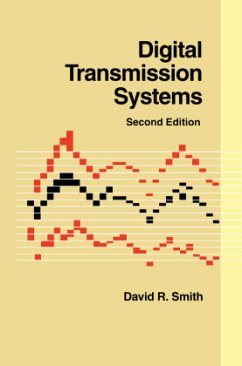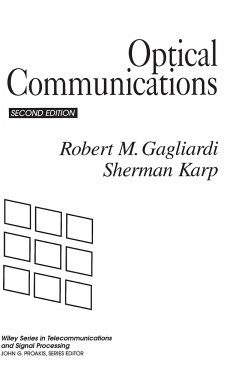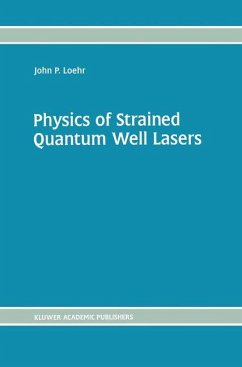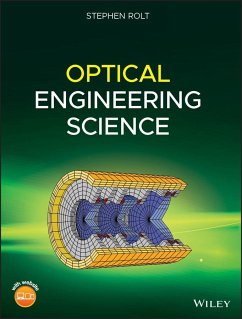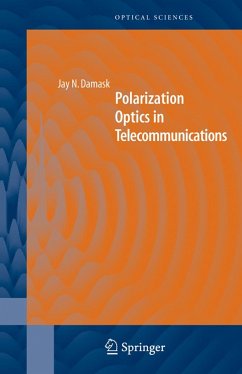
Quasioptical Systems
Gaussian Beam Quasioptical Propogation and Applications
Versandkostenfrei!
Versandfertig in über 4 Wochen
229,99 €
inkl. MwSt.

PAYBACK Punkte
115 °P sammeln!
Electrical Engineering Quasioptical Systems Gaussian Beam Quasioptical Propagation and Applications The increasing commercial use of millimeter wavelengths for remote sensing, communications, and radar systems has driven the need for new low-cost, high-performance systems, and with it, the need for quasioptical systems. Advantages of quasioptical propagation include broader bandwidth, lower insertion loss, better polarization purity, and higher power-handling capability. As this book illustrates, quasioptical system design using Gaussian beam propagation is relatively straightforward, yielding...
Electrical Engineering Quasioptical Systems Gaussian Beam Quasioptical Propagation and Applications The increasing commercial use of millimeter wavelengths for remote sensing, communications, and radar systems has driven the need for new low-cost, high-performance systems, and with it, the need for quasioptical systems. Advantages of quasioptical propagation include broader bandwidth, lower insertion loss, better polarization purity, and higher power-handling capability. As this book illustrates, quasioptical system design using Gaussian beam propagation is relatively straightforward, yielding valuable insights without requiring extensive computations. Combining a general introduction to Gaussian beams and quasioptical propagation with practical applications, Quasioptical Systems provides a state-of-the-art treatment of the design of low-loss, broadband systems at microwave to submillimeter wavelengths. The approach presented involves utilizing a beam with a Gaussian distribution of field strength perpendicular to its axis, which in turn propagates in a simple, predictable fashion. Features include: * A convenient summary of Gaussian beam propagation formulas * Extensive coverage of present-day quasioptical components and their performance * In-depth coverage of dielectric materials uses at millimeter and submillimeter wavelengths * An analysis of lenses and mirrors used as beam focusing elements * An integrated approach to quasioptical system design This book will be of key interest to systems designers, antenna engineers, communications and radar systems engineers, and researchers.







